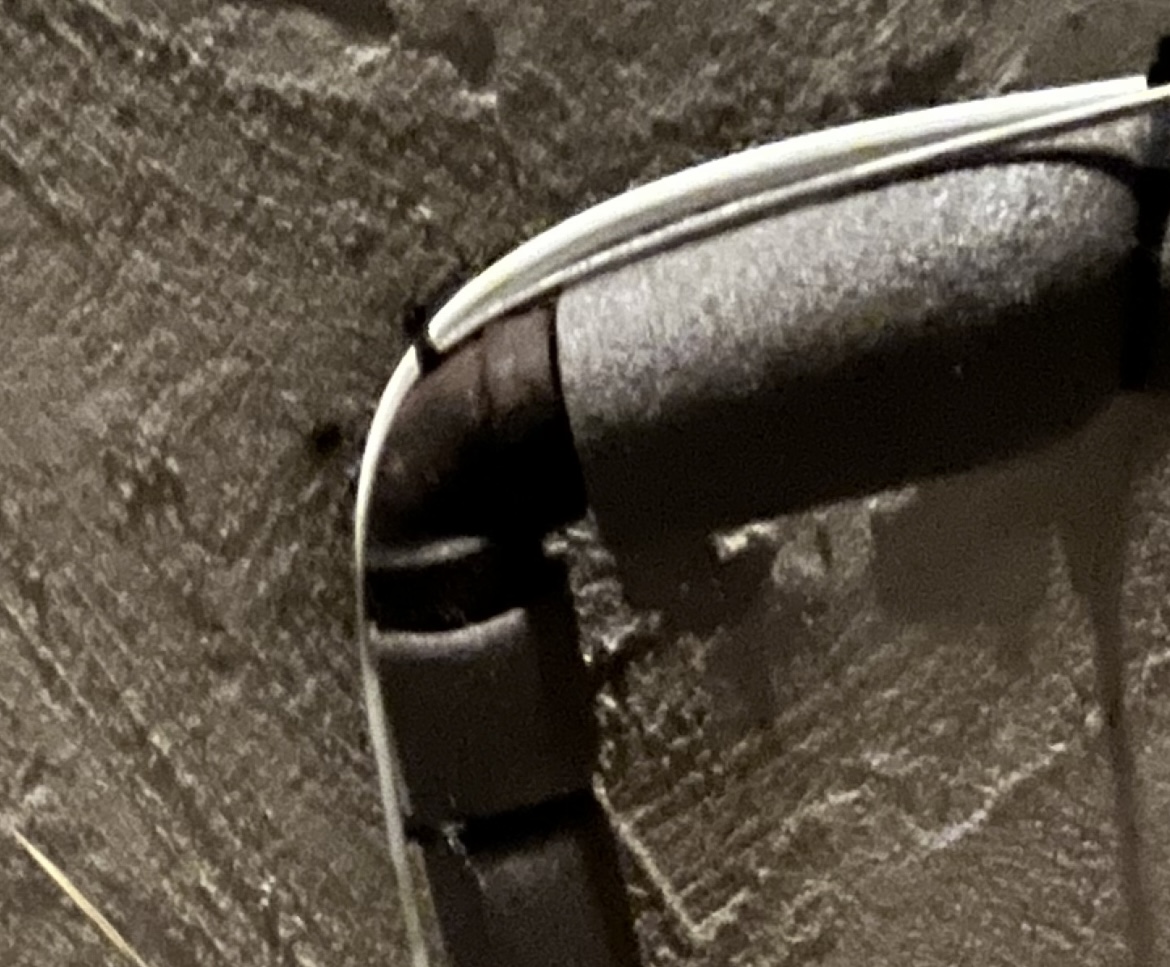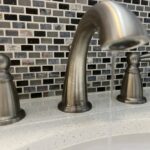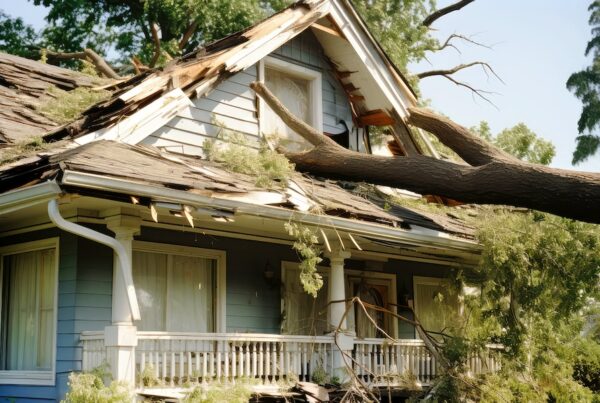
Prevent Frozen Pipes
Taking steps now will protect your home when temperatures drop.
- Insulate Exposed Pipes. Look for pipes in unheated or uninsulated areas, like your basement, attic or crawl spaces. Pipe insulation sleeves or wraps can be placed around the pipes as a protective barrier, to reduce the risk of freezing.
- Keep Inside Doors Open: Keeping inside doors open allows warm air to circulate throughout your home, keeping a more consistent temperature inside the house and reducing the risk of cold spots where pipes could be more likely to freeze.
- Keep Cabinet Doors Open: Open cabinet doors under sinks so that heat can reach the pipes inside the cabinet.
- Let Faucets Drip: When there is extreme cold, allow faucets to drip slightly. A continuous flow of water prevents water from standing still in pipes, reducing the risk of freezing. It can be helpful to do this especially with faucets along outside walls.
- Maintain Warm Temperature Indoors: It’s important to keep your home adequately heated even if you are away. Setting the thermostat to a minimum of 55° F (12° C) helps keep inside temperatures above freezing, protecting your pipes from freezing.
- Keep Garage Doors Closed: This is especially important if any pipes run through the garage.
- Seal Cracks and Gaps: Look around your home for any gaps or cracks that may be letting in cold air. Caulk or insulation can be used to seal these openings and to prevent frigid air from reaching our pipes.
- Disconnect and Drain Outdoor Hoses: Disconnect and drain the water from your outside hoses and store them in your garage or shed for the winter. Shut off your outdoor water valves and insulate them to protect from freezing temperatures
Keep in mind, extended absences from home during the winter require extra precautions. If you will be away from your home during the winter, then plan to shut off the main water supply and drain the system before you go. Also make plans to have a trusted neighbor or a hired professional check on your home periodically.
Be Prepared for Freezing Temperatures
- Know where the shut off is for your home’s main water supply.
- Keep contact info for a reliable plumber handy.
- Organize supplies like a wet/dry vacuum, fans, and dehumidifier so that you are ready to remove standing water if necessary and if this can be done safely!
Help! What To Do When A Frozen Pipe Bursts:
When a frozen pipe bursts, immediate action is essential to minimize damage.
- First, shut off your home’s main water supply.
- Next, turn off the main electrical supply in order to reduce risk of electrical shock and damage to electrical appliances and circuits.
- If the water is coming from a hot water pipe, then also shut off the main valve to your hot water heater.
- Call a plumber for help as soon as possible.
- Safety is #1. Be aware of submerged electrical outlets, appliances or chemicals that may be inside standing water. Please do not attempt potentially dangerous repairs.
- Once safety is assured, use your wet/dry vacuum, fans and dehumidifier to remove standing water and dry up moisture. Remember Safety is #1!
- If possible take photos to document the damage for your insurance claim.
- Contact your insurance agent as early as possible to begin the claim process.
Remember, taking steps now to prevent freezing pipes will protect your home from damage. If you would like to learn more about insurance coverages for water damage contact us today.
This blog is for informational purposes only. Implementing any one or more of these suggestions does not guarantee insurance coverage.
Resources




